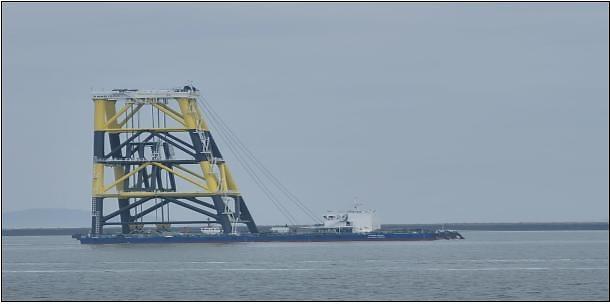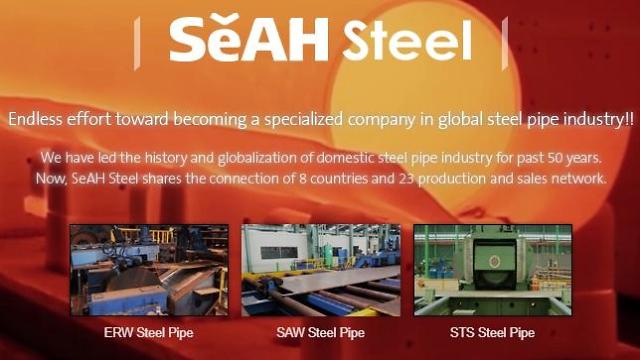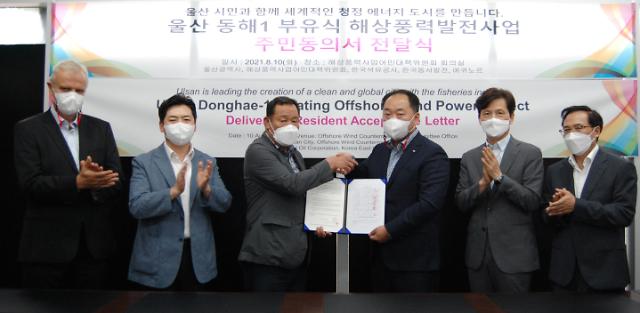
[Courtesy of Doosan Heavy Industries & Construction]
SEOUL -- Doosan Heavy Industries & Construction, a key contractor in South Korea's power industry, has localized a key component used for jack-up legs of wind turbine installation vessels. Jack-up legs are extended to the seafloor and lift platforms to the intended height above sea level. High-strength steels, which permit higher static stress limits, are used for jack-up legs and components to prevent fatigue cracking.
Doosan Heavy said it would supply 156 rack and chord components to Daewoo Shipbuilding & Marine Engineering (DSME), a major shipbuilder in South Korea, by 2023. Rack and chord is a key structure that constitutes jack-up legs. Doosan has developed high-strength special materials with corrosion and impact resistance while diversifying a lineup of offshore wind power generators.
"Doosan Heavy Industries & Construction succeeded in localizing rack and code, which had relied on foreign products, by utilizing its capabilities and production experience in developing special steel materials for power generation," Doosan Heavy's vice president Na Ki-yong said in a statement on September 15. "We will expand our business in line with the growing demand while stably supplying special steel materials to the shipbuilding industry in the future."
Wind turbine installation vessels (WTIVs) have specific needs, different from traditional oil and gas-focused offshore operations. Demands for offshore wind power generators are growing thanks to a global trend to accelerate the adoption of renewable energy and reduce greenhouse emissions.
DSME has secured an order worth $330 million from Eneti, a Monaco-based company specializing in offshore wind farm construction and services, to build a wind turbine installation vessel for delivery in the third quarter of 2024. The ship would install an offshore wind generator with a 2,600-ton crane.
In July, the Hyundai shipbuilding group developed a semi-submersible floater model that can shorten construction work because a power generation turbine can be loaded onto a floating structure quickly for transportation to an offshore installation site. The floater must provide enough buoyance to support the weight of turbines.
Korea Electric Power Corporation (KEPCO), a state power company, has launched a specially designed vessel to lift and transport a heavy and high structure weighing up to 1,500 tons. KEOCO said the multi-purpose mobile base called "KMMB 1500" can reliably lift and transport structures of up to 1500 tons and 140 meters in height. It would be used for the construction of offshore wind farms and multi-purpose marine works.
Copyright ⓒ Aju Press All rights reserved.




View more comments